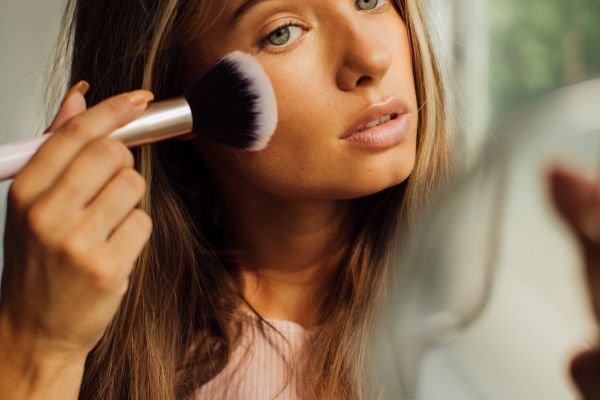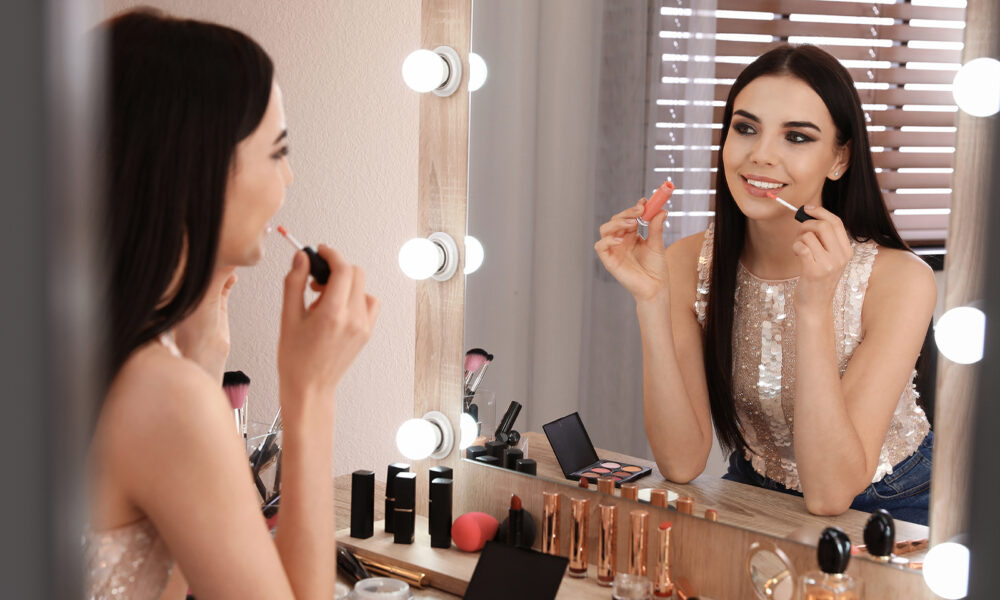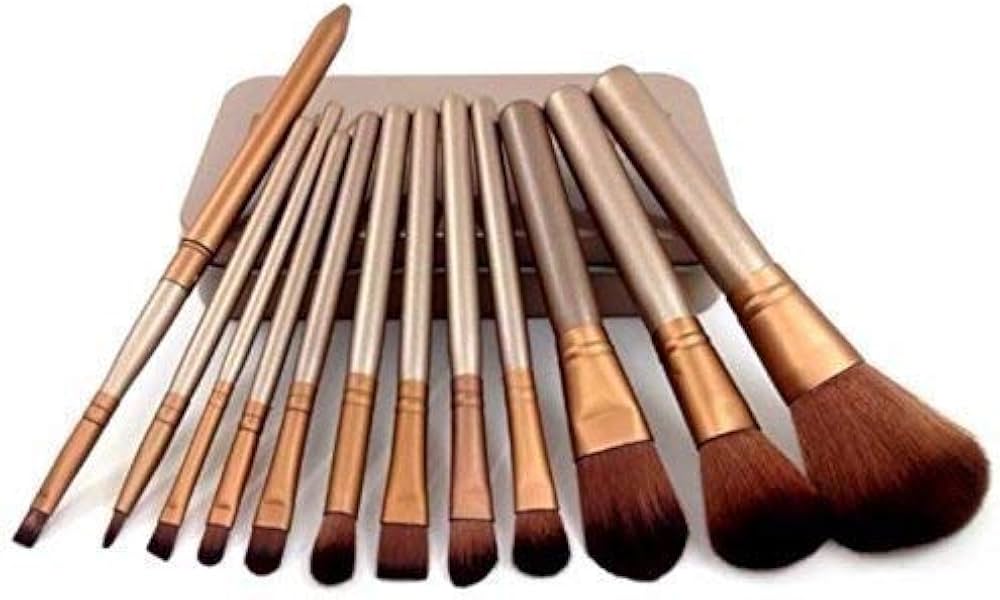Beauty is a subjective concept that has intrigued humans for centuries. It is a phenomenon that has been studied by scientists, philosophers, and artists alike. Attraction to beauty is a complex process that involves multiple psychological factors. Understanding the science behind attraction can help us comprehend why we find certain things attractive and how we can use this knowledge to our advantage.
The Evolutionary Perspective

From an evolutionary perspective, attraction to beauty can be explained by the concept of natural selection. Humans are wired to seek out partners who possess traits that are associated with good health, fertility, and reproductive success. These traits include symmetrical facial features, clear skin, and a healthy body shape.
Research has shown that people who possess these traits are perceived as more attractive and are more likely to be chosen as partners. This is because these traits are indicators of good genes, which are essential for the survival of future offspring.
The Cultural Perspective
While evolutionary factors play a significant role in attraction to beauty, cultural factors also have an impact. What is considered attractive varies across cultures and changes over time. For example, in some cultures, larger body sizes are considered attractive, while in others, slim figures are idealized.
Media and advertising also play a significant role in shaping our perceptions of beauty. Images of idealized beauty standards are often portrayed in these mediums, leading people to believe that this is what they should strive for.
The Psychological Perspective

Attraction to beauty also has a psychological component. Our attraction to beauty is often based on our personal experiences, memories, and emotions. For example, we may find someone attractive because they remind us of a loved one or because they possess certain characteristics that we find desirable.
Psychological research has also shown that we tend to be attracted to people who share similar values, beliefs, and interests. This is because we feel a sense of connection and compatibility with these individuals.
The Role of Hormones
Hormones also play a significant role in attraction to beauty. Testosterone, for example, is associated with increased attraction to physical beauty. Research has shown that men with higher levels of testosterone are more attracted to women with symmetrical facial features and a low waist-to-hip ratio.
On the other hand, oxytocin, the “love hormone,” is associated with attraction to emotional beauty. Oxytocin is released during social bonding and intimacy and is responsible for creating feelings of trust and attachment.
Attraction to beauty is a complex process that involves multiple psychological factors. Evolutionary factors, cultural factors, personal experiences, and hormones all play a role in shaping our perceptions of beauty. Understanding the science behind attraction can help us comprehend why we find certain things attractive and how we can use this knowledge to our advantage.





